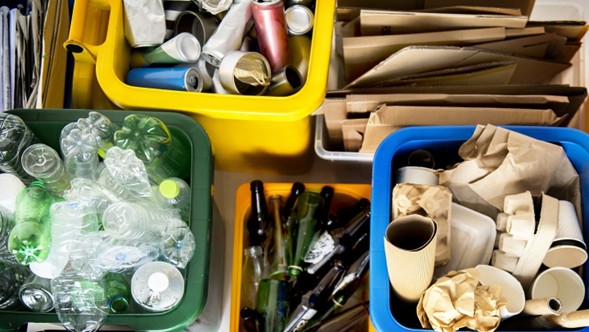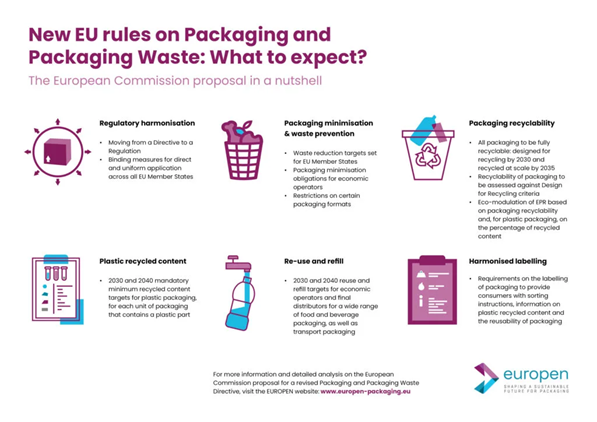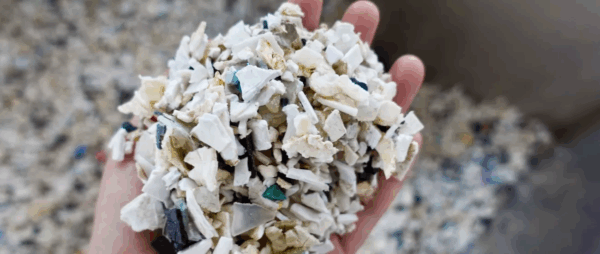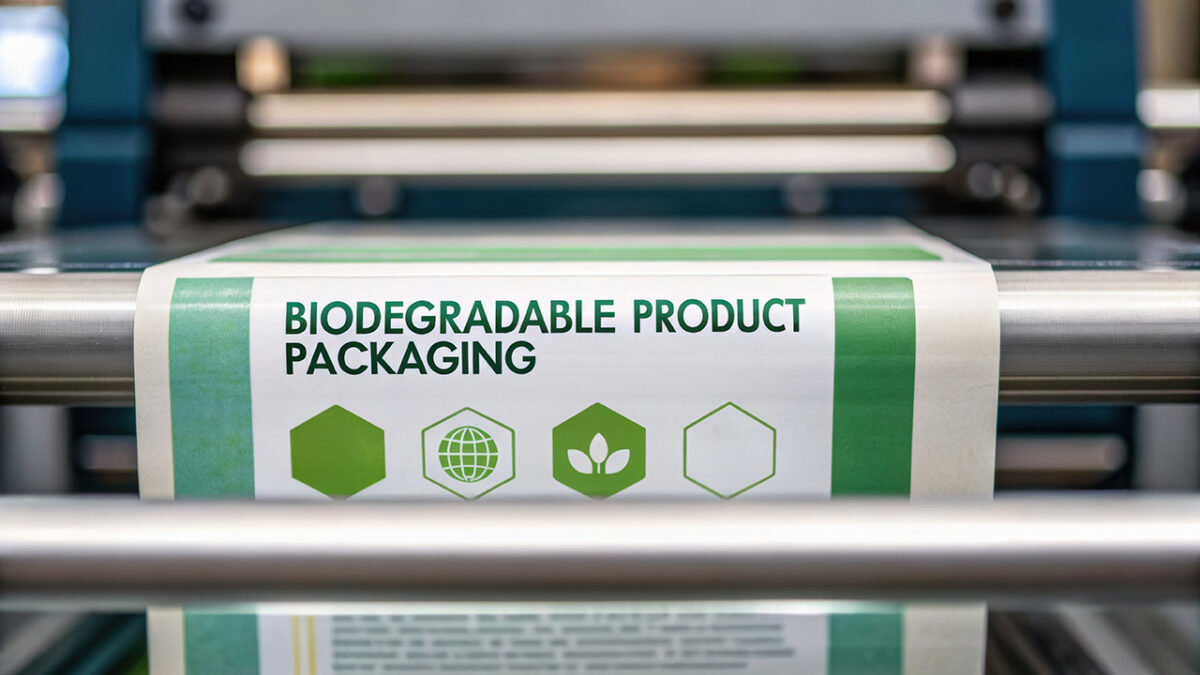EU’s PPWR: Strategies for Compliance by 2030

As the EU rewrites the rules on packaging, engineers face a complex task: making plastics recyclable, compliant, and competitive by 2030.
The European Union’s Packaging and Packaging Waste Regulation (PPWR), officially Regulation EU 2025/40, marks a watershed moment for packaging sustainability. Enforced since February 2025, it establishes binding requirements to ensure that, by 2030, all packaging placed on the EU market is recyclable.
You can also read: Can the EU Hit Its 2025 Recycling Targets?
This signals a fundamental shift in packaging design, evaluation, and manufacturing for plastics engineers. The countdown to compliance is on, and it demands technical precision, forward-thinking material selection, and complete alignment with recycling infrastructure capabilities.
From Directive to Regulation: A Uniform Mandate
Unlike previous directives allowing national interpretation, the PPWR is a regulation. It applies uniformly across all EU member states. Article 6 mandates that by 2030, all packaging must reach a minimum recyclability threshold. The EU will ban any packaging that recycling facilities cannot process at scale or that scores below Grade C (less than 70% recyclability).
The European Commission will define Detailed Design for Recycling (DfR) criteria through delegated acts by January 1, 2028. Until then, engineers must rely on existing best practices and anticipate how their material and component choices might affect recyclability grades under the upcoming rules.

The European Comission proporsal in a nutshell. Courtesy of Europen.
Engineering for “Detailed Design for Recycling”
To meet DfR goals, engineers must begin with a material-by-material evaluation. For commonly used plastics like polyolefins and PET, they must ensure that base resins, colorants, additives, and labels support recyclability. RecyClass and the Association of Plastic Recyclers offer frameworks to assess compatibility. For example, full body shrink sleeves, metallic inks, and multi-material laminates often disrupt sorting and reprocessing and may lower recyclability scores.
Closure systems, adhesives, and barrier layers play a key role in recyclability. Some multilayer barriers, like those combining PET and PE without proper separation, can block recycling, even if the main material is recyclable. To meet PPWR requirements, engineers now focus on barrier materials that maintain performance and still work within recycling systems. EVOH is one example: it provides strong barrier protection but needs well-designed tie layers to move through recycling without contaminating the output. Creating these compatible solutions has become a top design priority.
Integrating Recycled Content
Article 7 of PPWR introduces minimum recycled content targets. By 2030, PET packaging in contact with food must include at least 30% recycled content. Other plastics used in contact-sensitive applications must meet a 10% threshold. Single-use beverage bottles, already subject to separate EU directives, must also reach 30%.

Article 7 of PPWR introduces minimum recycled content targets. Courtesy of Polystar.
Incorporating PCR material without compromising performance presents a formidable challenge. Engineers must navigate potential trade-offs in strength, clarity, and barrier performance. They also need to ensure compliance with food-contact rules, especially as EU regulations on safety testing and migration limits continue to evolve.
These targets increase pressure on supply chains and material sourcing strategies. Demand for food-grade PCR material will rise sharply, creating a potential bottleneck in availability. Engineering teams must collaborate closely with recyclers, qualify alternative PCR sources, and invest in advanced processing technologies to improve the quality and performance of recycled materials.
Minimization, Reuse, and Functional Design
Article 9 of the PPWR outlines packaging minimization as another crucial requirement. By 2030, designers must ensure that all packaging uses the least material necessary. Grouped or transport packaging must not include more than 50% empty space. The EU will ban packaging that exists only to increase perceived volume, such as double walls or false bottoms.
This requirement challenges engineers to optimize structural design and material efficiency. They must reduce weight without sacrificing durability, barrier function, or aesthetics. Innovations in mono-material flexible films and optimized rigid geometries play a very important role.
Moreover, the PPWR emphasizes reusable and refillable systems, particularly for food services and e-commerce. Designing for reuse means prioritizing durability, cleanability, and ease of handling. Plastics engineers must consider the number of reuse cycles, user interaction, and potential wear and tear. Material fatigue, surface treatments, and modular component design come into play.
Eliminating Harmful Substances: PFAS and Beyond
Under Article 5, the PPWR bans the use of PFAS in food-contact packaging beginning around August 2026. This requires reformulation of barrier coatings and grease-resistant layers, many of which rely on fluorinated chemistries.
Engineers must identify safer alternatives and validate their performance in real-life conditions. They should use migration tests, durability checks, and food-contact regulations to guide material selection.
Compostables, Labeling, and Sorting Innovation
While most packaging must be recyclable, the PPWR allows specific items, like tea bags, fruit labels, and coffee pods, to be compostable. However, these must be industrially compostable, and in some cases, suitable for home composting if required by Member States.
The regulation mandates standardized consumer labeling to provide clear disposal guidance. Packaging must display labels that show material composition and the correct disposal method. These labels help consumers sort waste properly and boost collection efficiency.
In parallel, engineers should explore technologies that facilitate automated sorting, such as digital watermarks and AI-driven recognition systems. Packaging designed with these technologies in mind can improve sorting precision and support recyclability at scale.

The PPWR mandates standardized consumer labeling to provide clear disposal guidance.
Preparing for “Recycled at Scale” Assessment
By 2030, the Commission will finalize the methodology to assess whether packaging is “recycled at scale.” This requirement means packaging must not only be technically recyclable, but also regularly processed through existing infrastructure.
Engineers must now consider regional differences in recycling systems and design packaging that works with the most common technologies. This means selecting materials that standard material recovery facilities can sort easily and recyclers can process without contamination problems.
